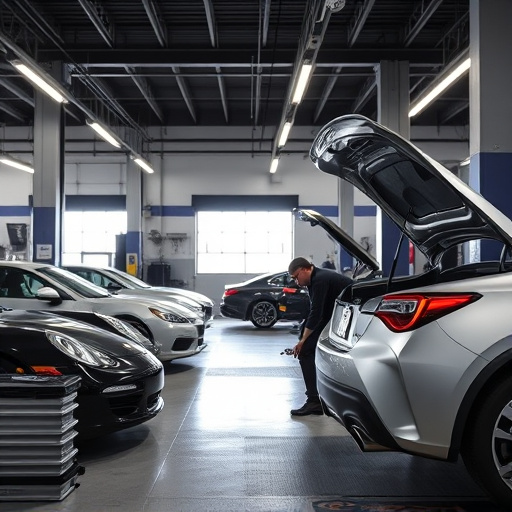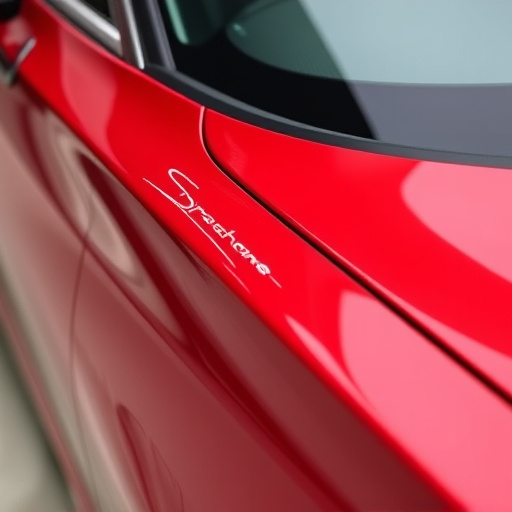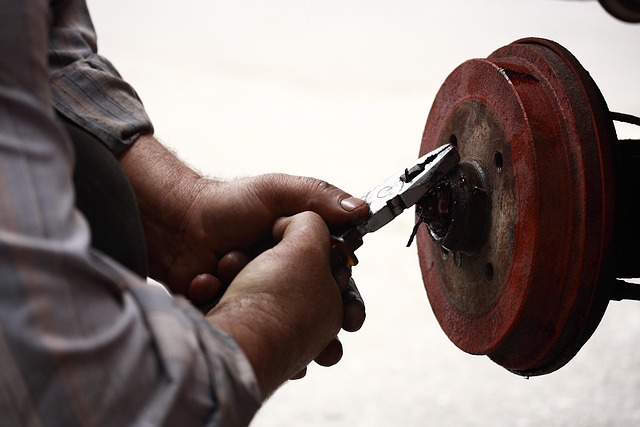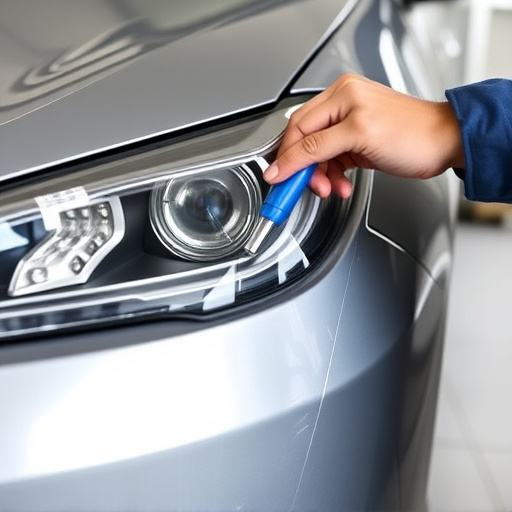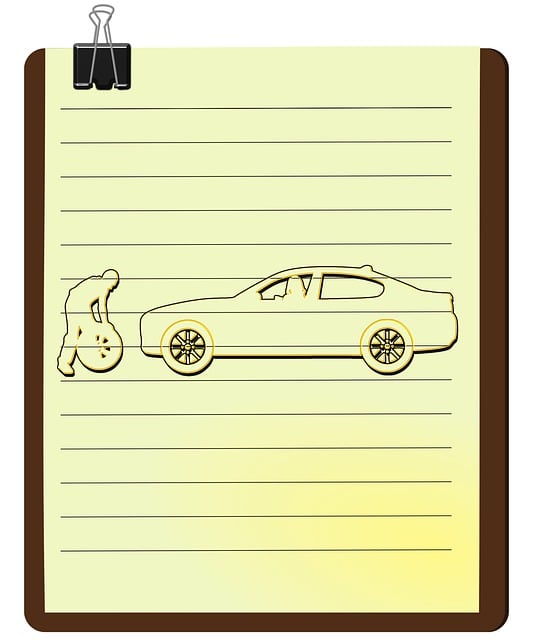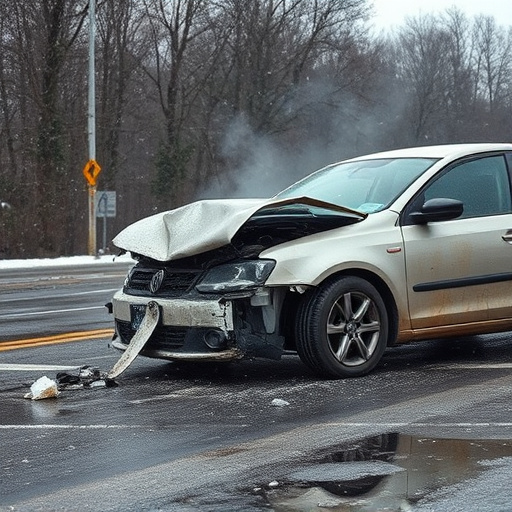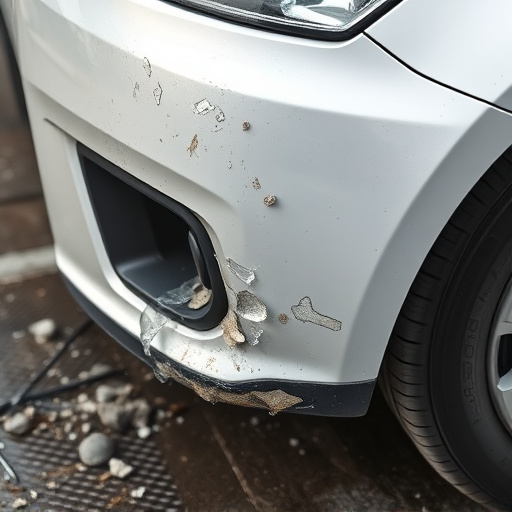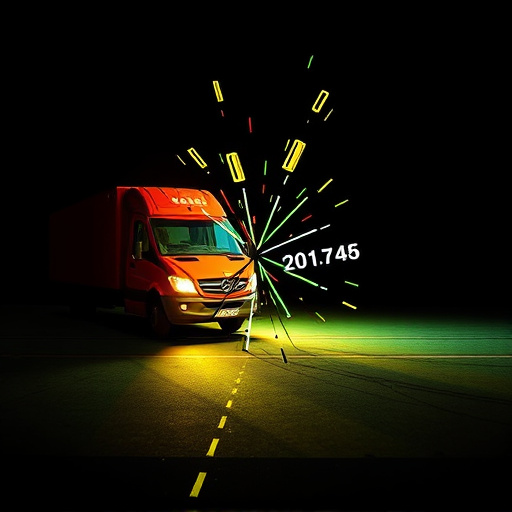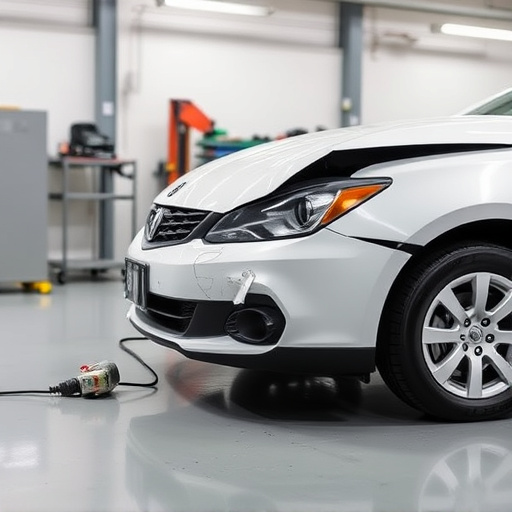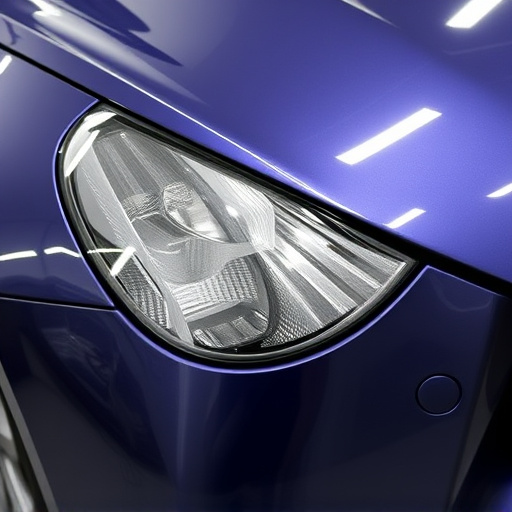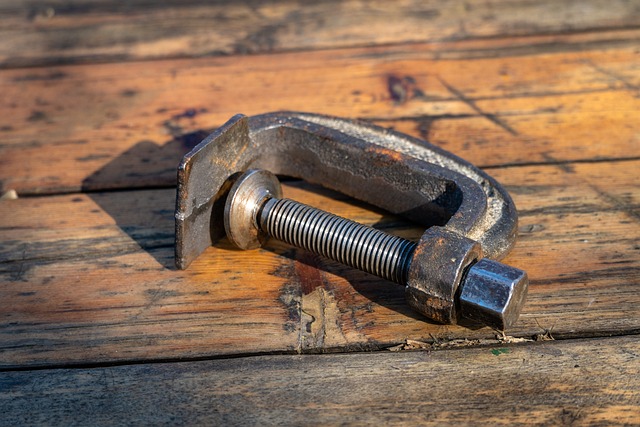After collision repair services, thorough inspection and detailed documentation are crucial for quality assurance and future reference. This includes a comprehensive visual check and using a checklist to assess paint job, texture, gloss, mechanical components, techniques, materials, and drying times. Regular post-repair inspections detect disparities or imperfections promptly, enhancing aesthetics and protecting against future corrosion. A meticulous test drive and final quality assessment guarantee repairs meet superior standards and ensure vehicle safety for road usage.
After collision repair services are completed, it’s crucial to follow best practices for a seamless transition back onto the road. Begin by thoroughly inspecting and documenting repairs, ensuring every detail is addressed. Next, verify the quality of the paint job and finish to match the vehicle’s original specifications. Conclude with a test drive and final quality check to confirm all systems are functioning optimally. Implement these steps post-collision repair services for peace of mind and to ensure your vehicle meets safety standards.
- Inspect and Document Repairs Thoroughly
- Ensure Proper Paint Job and Finish
- Test Drive and Final Quality Check
Inspect and Document Repairs Thoroughly
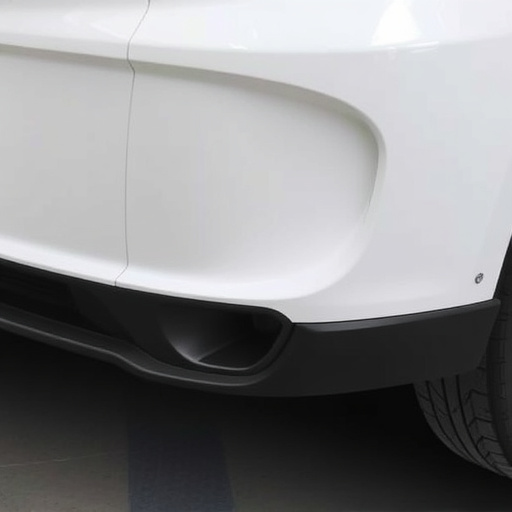
After collision repair services have been completed, it’s crucial to inspect and document the repairs thoroughly. This step is essential for both ensuring the work was done correctly and serving as a record for future reference. Begin by examining the entire vehicle, checking for any visible signs of damage or misalignment. Utilise a comprehensive checklist to ensure no detail is overlooked—from the condition of the paint job to the functionality of all mechanical components.
Documenting the repairs involves taking high-quality photos from various angles and keeping detailed records of the processes undertaken by the car body shop or vehicle body shop. This includes noting down the specific techniques used, materials applied, and any special considerations taken during dent removal or other repair procedures. Such meticulous documentation not only aids in future maintenance but also serves as a guarantee of the quality of collision repair services rendered.
Ensure Proper Paint Job and Finish
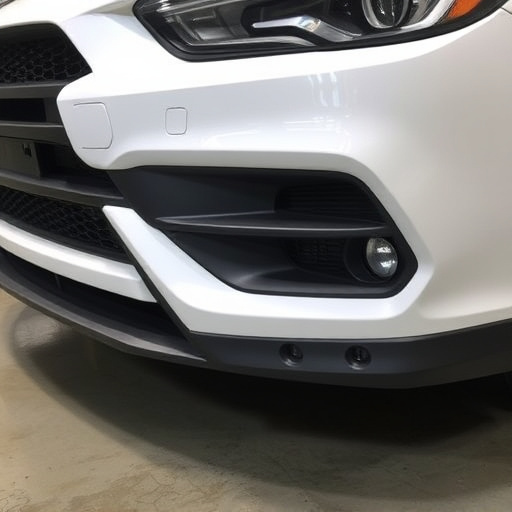
After collision repair services are completed, one of the most crucial aspects to check is the quality of the paint job and finish. It’s important that the repaired area matches the original paint precisely in terms of color, texture, and gloss. A professional auto body shop should use high-quality paints and apply them correctly to ensure a seamless blend with the rest of the vehicle. This involves careful preparation, proper application techniques, and adequate drying times. Any disparities in finish could indicate subpar work or premature curing, which might lead to future issues like peeling or chipping.
Regularly inspecting the paint job post-repair is essential, especially after hail damage repair or other types of auto repair services. If you notice any inconsistencies or imperfections, address them promptly with your collision repair service provider. They should be willing to perform touch-ups or re-work areas as needed to restore the vehicle’s aesthetic appeal and protective coating. Remember that a top-notch paint job isn’t just about looks; it also safeguards the underlying structure from further corrosion or damage, enhancing the overall longevity of your auto body repair.
Test Drive and Final Quality Check
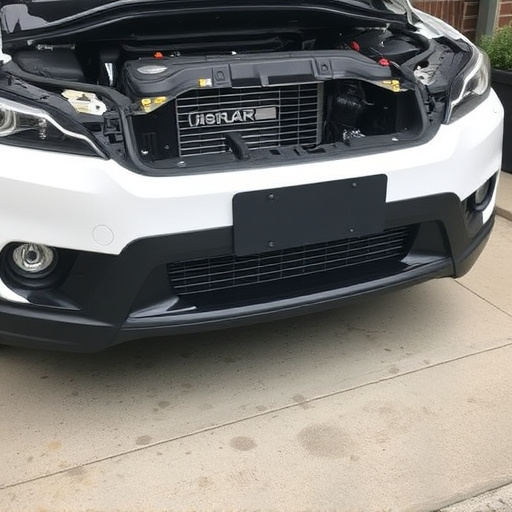
After collision repair services have been completed, it’s crucial to conduct a thorough test drive and final quality check. This step is vital to ensure that all repairs meet the highest standards and that your vehicle is safe to be back on the road. During the test drive, pay attention to any unusual noises, vibrations, or handling issues. Check for proper alignment, smooth operation of all mechanisms (including doors, windows, and sunroofs), and clear visibility through all glass surfaces, including auto glass repair if necessary.
Inspect the bodywork closely, looking for any signs of residual damage or paint imperfections from car dent removal and bodywork services. Ensure that all joints are secure, and there are no visible gaps or misalignments in panels. Verify that all safety features, such as airbags and seatbelts, operate correctly. A final quality check ensures not only the structural integrity of your vehicle but also gives you peace of mind, knowing that collision repair services have been executed to perfection.
After collision repair services are completed, it’s crucial to follow best practices for a smooth transition back on the road. Thorough inspection and documentation of repairs ensure any issues are addressed. A meticulous paint job and finish not only enhance the vehicle’s aesthetics but also its structural integrity. Before finalizing, a test drive and final quality check are essential to confirm all repairs meet high standards. By adhering to these practices, you can rest assured your vehicle is safe and ready to navigate the roads with confidence, eliminating any potential post-repair surprises.
